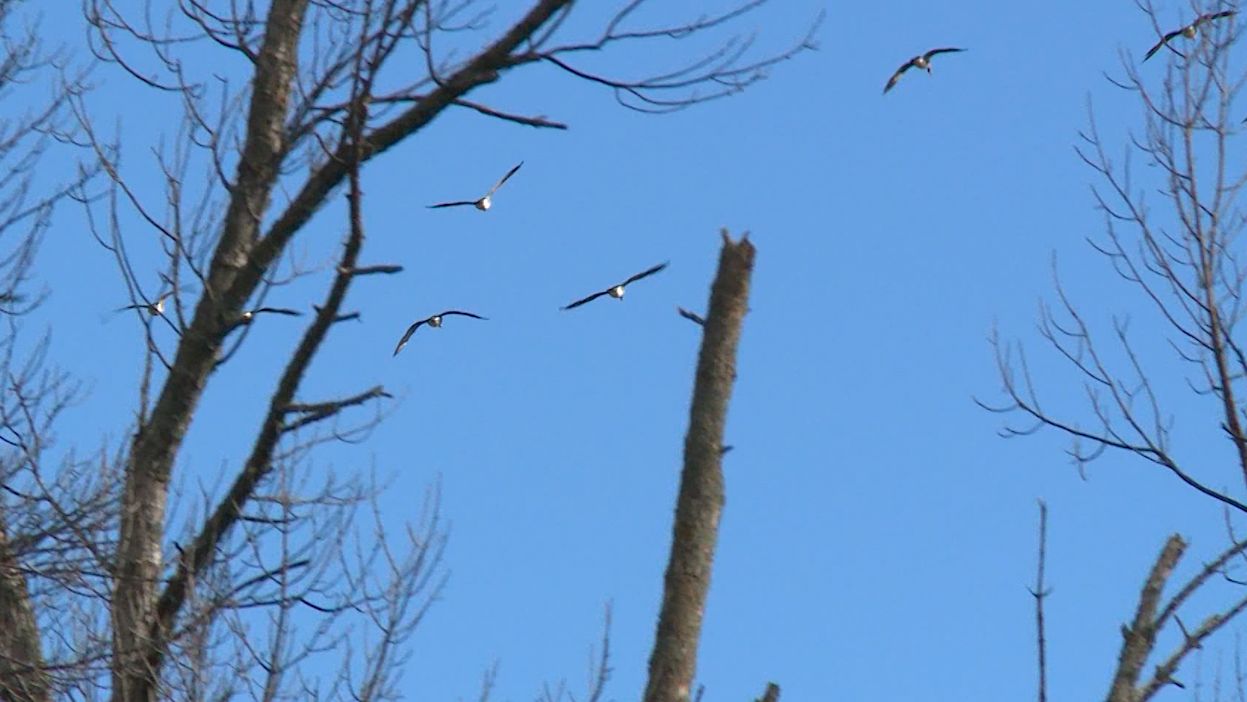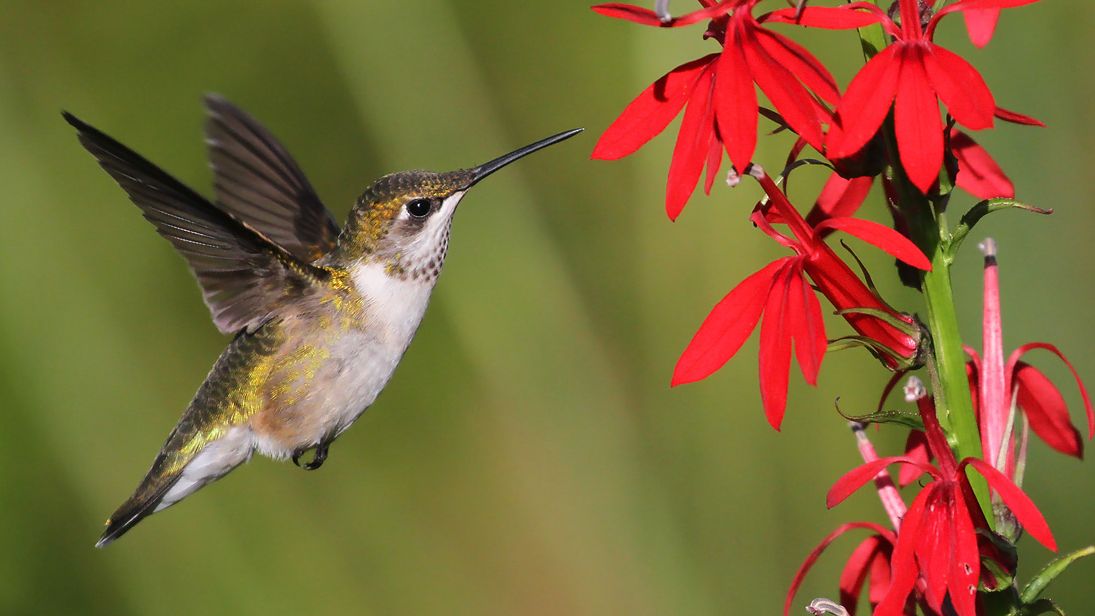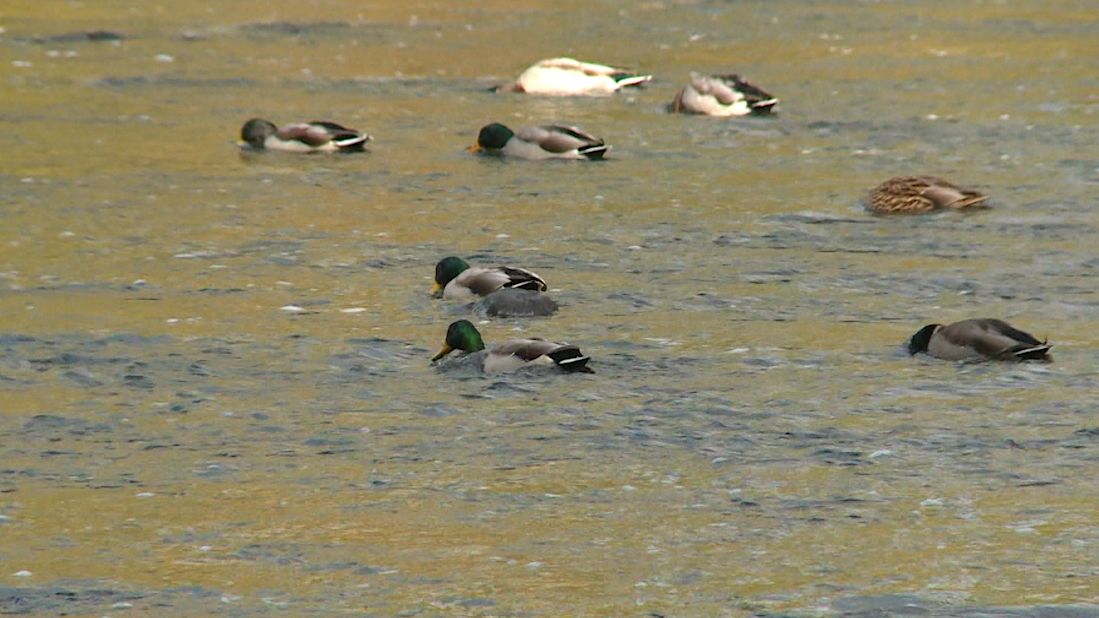KAUKAUNA, Wis. — During the fall migration, millions of birds fly overhead during the night. For bird lovers, it’s a great time of year, and a great time to share tips on others can help the bird population.
At 1,000 Islands Environmental Center in Kaukauna, fall brings plenty of scenic colors and a variety of birds.
There’s a great blue heron," said Debbie Nowak, director at 1000 Islands Environmental Center.
Nowak said fall migration starts as early as July for some birds.
“We are part of that natural flyway. We get a lot of birds migrating through both spring and fall," explained Nowak. "It’s always a great time to come down and see the activity.”
Songbirds typically head south in September. Waterfowl and raptors follow behind.

“Fall migration can be a little tricky for some of the novice birders. We have a lot of juvenile birds that are migrating in the fall. You’re not going to see a lot of their typical coloration that you'd normally see. They’re also a lot quieter in the fall," said Nowak.
That challenge makes it difficult for newer birders, but others enjoy the challenge.
“Millions, tens of millions, if not hundreds of millions, of birds migrate over our heads at night while we sleep. Most people don’t think about that," said Ryan Brady of the Wisconsin Department of Natural Resources.
Brady enjoys identifying birds and photographing them with scenic fall backgrounds. He said as they flock up again, birds are monitored for signs of bird flu.
“We haven’t seen any of that thus far, but it is something to be mindful of," said Brady.
He’s more concerned about the general declining bird population trend.

“Everything’s not all fine and dandy," said Brady.
The Cornell Lab of Ornithology estimates that since 1970, the North American bird population is down by two point nine billion breeding adults.
“We keep cruising the way we are now, bird populations are going to be in trouble," said Brady.
Brady said according to some estimates, cats alone kill two billion birds each year in the U.S.
He identified steps to help the population.
“Creating habitat by planting natives, reducing collisions at windows, and keeping cats indoors. Those are the three big ones," explained Brady.
Nowak said small steps can make an impact.

“It might not feel like you’re doing a lot for the wild bird population, but it adds up when everyone participates," said Nowak.
Brady and Nowak mentioned many birders enjoy utilizing technology for their hobby.
BirdCast uses radar to track and predict the number of birds flying overhead each day.
Many citizen scientists enjoy the eBird for tracking their sightings.
The phone app Merlin uses audio and other clues to help identify different bird species.
Half of Wisconsin's birds will go to Central and South America. Brady said there's still plenty to see as migration continues through December.



